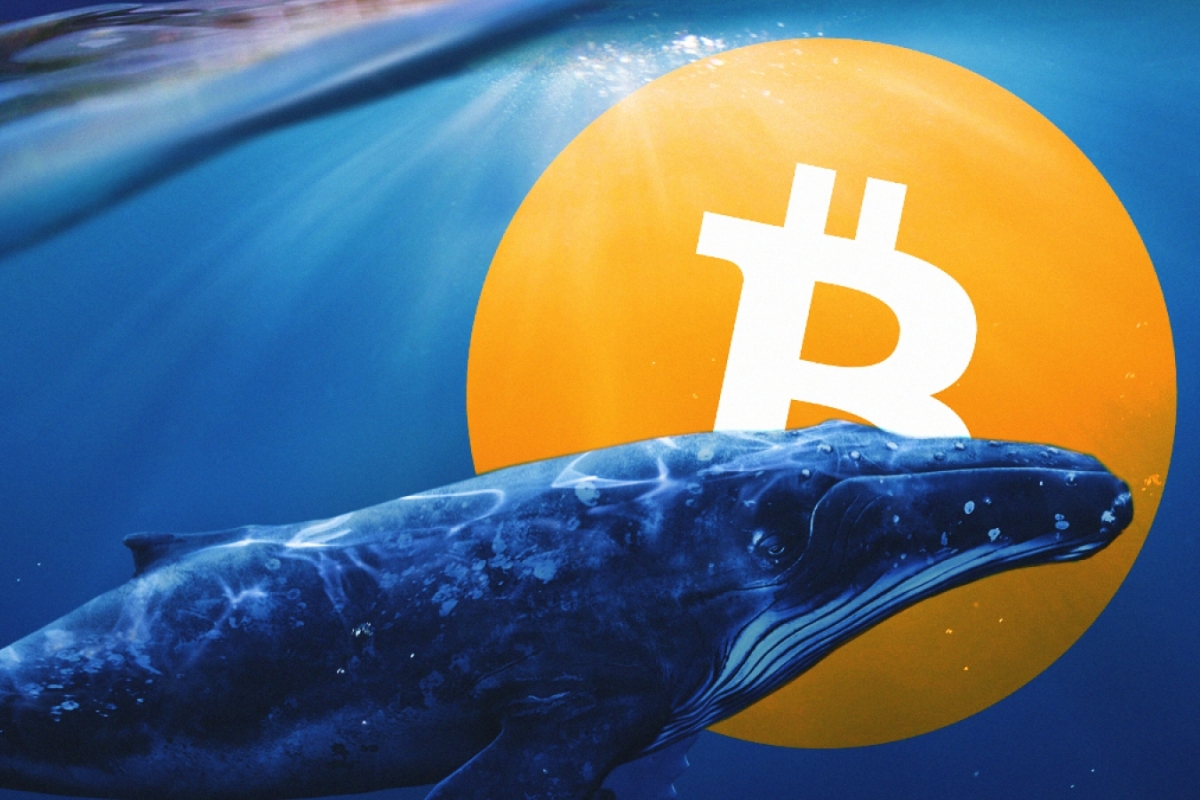Galaxy Digital's Alex Thorn identifies AI, stablecoins, and tokenization as core drivers of growth in crypto and stock markets.Galaxy Digital's Alex Thorn identifies AI, stablecoins, and tokenization as core drivers of growth in crypto and stock markets.
Galaxy Digital’s Alex Thorn Highlights AI, Stablecoins, Tokenization
2025/10/19 09:58
Galaxy Digital's Alex Thorn identifies AI, stablecoins, and tokenization as core drivers of growth in crypto and stock markets.
Disclaimer: The articles reposted on this site are sourced from public platforms and are provided for informational purposes only. They do not necessarily reflect the views of MEXC. All rights remain with the original authors. If you believe any content infringes on third-party rights, please contact service@support.mexc.com for removal. MEXC makes no guarantees regarding the accuracy, completeness, or timeliness of the content and is not responsible for any actions taken based on the information provided. The content does not constitute financial, legal, or other professional advice, nor should it be considered a recommendation or endorsement by MEXC.
Share Insights
You May Also Like

Bitcoin News: Whales Are Buying the Dip While Retail Traders Panic
The drop from $126,000 to near $105,000, they argue, may be the final shakeout before the market’s next breakout phase. […] The post Bitcoin News: Whales Are Buying the Dip While Retail Traders Panic appeared first on Coindoo.
Share
Coindoo2025/10/19 13:00
Share

The Downside Of Using Investment Contracts For Films
The post The Downside Of Using Investment Contracts For Films appeared on BitcoinEthereumNews.com. I t is extremely common in the film industry for investments in films to be documented with “investment contracts,” rather than as membership interests in an LLC used by almost all other industries. This practice evolved due to the film industry’s historic practice of relying on informal contracts (napkin deals do occur) and the perceived complexity of using LLCs. This article suggests a number of downsides to this approach. Unlimited Liability. One potential downside is that an investment contract may be treated as creating a deemed partnership under state law if the investor has a share of net profits, as is common. This result applies notwithstanding the standard provision in investment contracts stating, “this is not a partnership,” since such clauses may be ignored by the courts if the transaction is in substance a partnership. If an investment contract is treated as creating a deemed partnership, it will be treated as a general partnership because there is no state filing for it, as would be the case for a limited partnership or LLC. The net result is that the investor may be treated as a general partner, so the investor may be liable for any third-party claims that arise in connection with production of the film. If the transaction had been structured as a membership interest in an LLC, the investor would have no risk of personal liability for such claims. Tax Consequences to Investor. Notwithstanding the possible treatment of an investment contract as a partnership under state law, the tax rule is, “you made your bed, go lie in it.” Since the transaction is not structured as a partnership or LLC for tax purposes, the investors may not be entitled to any deduction for their investment, since there is no tax code provision that would permit it. The investors…
Share
BitcoinEthereumNews2025/09/19 07:44
Share

ETFs and Liquidity Drive 2026 Outlook
The post ETFs and Liquidity Drive 2026 Outlook appeared on BitcoinEthereumNews.com. Bitcoin’s “four-year law” may be breaking for the first time. Despite record inflows into spot ETFs and swelling corporate treasuries, the market is no longer moving in lockstep with the halving cycle. Instead, liquidity shocks, sovereign wealth allocations, and derivatives growth are emerging as the new anchors of price discovery. This shift raises a critical question for 2026: can institutions still rely on cycle playbooks, or must they rewrite the rules entirely? Has the cycle finally snapped? With these forces now setting the pace, the question is not whether the old cycle still matters but whether it has already been replaced. BeInCrypto spoke with James Check, Co-Founder and on-chain analyst at Checkonchain Analytics and former Lead On-Chain Analyst at Glassnode, to test this thesis. For years, Bitcoin investors treated the four-year halving cycle as gospel. That rhythm now faces its toughest test. In September 2025, CoinShares tracked $1.9 billion in ETF inflows—nearly half of it into Bitcoin—while Glassnode flagged $108,000–$114,000 as a make-or-break zone. At the same time, CryptoQuant recorded exchange inflows collapsing to historic lows, even as Bitcoin pushed into fresh all-time highs. Sponsored Sponsored ETF inflows: fresh demand or reshuffling? September’s ETF inflows highlighted robust demand, but investors need to know whether this is genuinely new capital or simply existing holders rotating from vehicles like GBTC. That distinction affects how much structural support the rally has. Source: Checkonchain “There is absolutely going to be some holders who are migrating from holding on-chain into the ETFs. This is definitely happening. However, it is not the majority… the demand has actually been incredible and massive. We’re talking about tens of billions of dollars, really serious capital coming on board. The difference is that we have a lot of sell side.” James noted that ETFs have already absorbed around $60 billion…
Share
BitcoinEthereumNews2025/10/19 12:57
Share